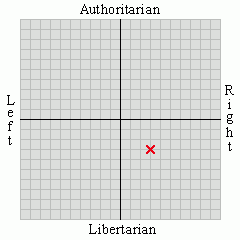Here are the main definitions;
- (astronomy) A kind of unity, namely an alignment of three celestial bodies (for example, the Sun, Earth, and Moon) such that one body is directly between the other two, such as occurs at an eclipse
- (psychology) An archetypal pairing of contrasexual opposites, symbolizing the communication of the conscious and unconscious minds
- (mathematics) A relation between generators of a module
- (medicine) The fusion of some or all of the organs
- (zoology) The association of two protozoa end-to-end or laterally for the purpose of asexual exchange of genetic material
- (zoology) The pairing of chromosomes in meiosis
- (Literature) In ancient prosody, a group or combination of two feet. Ancient metricians varied in their use of this term. Some use it regularly for a dipody or (dipodic) measure. Others call a tautopody, or double foot, a dipody, but a combination of two different feet a syzygy. Some, accordingly, giving the name syzygy to tetrasyllabic feet (regarded by them as composed of two dissyllabic feet), speak of an iambic or a trochaic line as measured by dipodies, but an Ionic line as measured by syzygies—that is, by single Ionics considered as combinations of trochees and pyrrhics. A peculiar use is the restriction of the term syzygy to compound feet of five or six syllables.
Yes, it's a good ten dollar word, but not one I'd care to use.











No comments:
Post a Comment